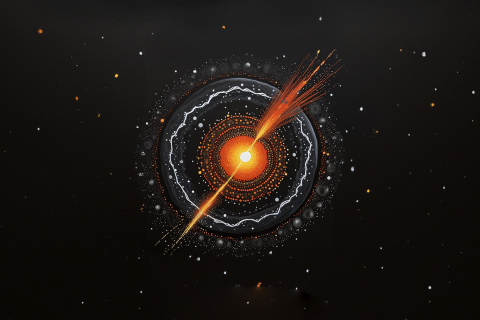Hundreds of books have been written about the advanced astronomical knowledge of the ancient Egyptians. Similar efforts have been made to identify the astronomical obsessions that motivated the builders of Stonehenge, and to explain the details of the complex Maya cosmology. But there have been few systematic attempts to record the astronomical achievements of the Indigenous people of the world, which is what Australian astrophysicist Duane Hamacher set out to correct.
In 2022, Hamacher, a professor at the University of New South Wales, published a book called The First Astronomers: How Indigenous Elders Read the Stars. This extensive analysis of Indigenous tales and legends from across the centuries and across the globe explains that First Nations peoples were not just outstanding storytellers, but also diligent and dedicated scientists who were extraordinarily skilled at transmitting sophisticated astronomical knowledge through time and space.
The Fire Devil’s Revenge
For Indigenous societies, the sky was an expansive canvas filled with light and movement. It was a source of endless fascination, which is why they developed intricate systems of interpretation to explain the movements of the planets, the stars, the sun, the moon, and the transitory objects that passed above their heads periodically, like meteorites and comets. They perceived a direct relationship between events in the sky and occurrences on Earth and in the metaphysical realms. This is why they chose to encode their astronomical observations in captivating metaphorical tales featuring gods, nature spirits, animals, and human beings.
Want to know more? Read the full article in the September – October 2024 52nd issue Fairy Tales and Folklore from Around the World in Ancient Origins Magazine. Get it here!
Feature image: Representation of a meteorite or asteroid. Source: Image made with generative AI.




